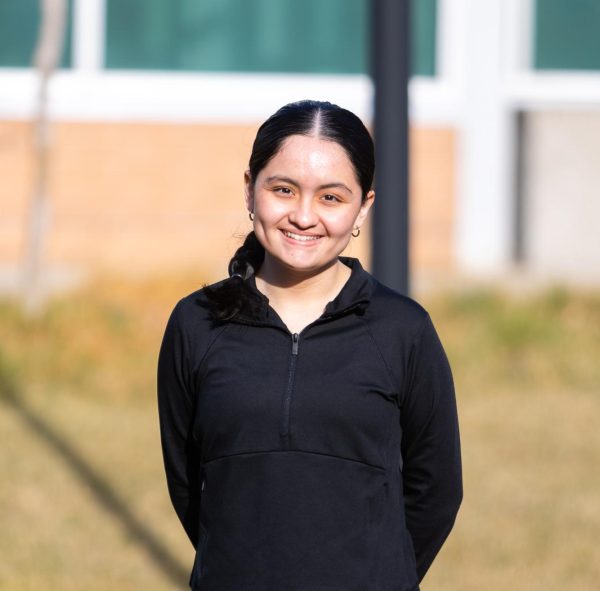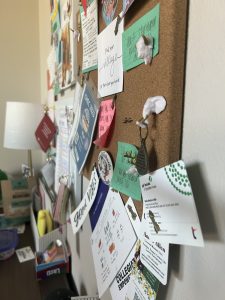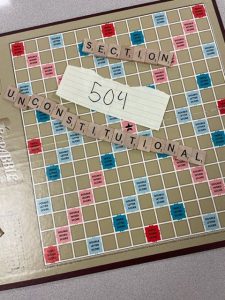Restorative practices equal positive behaviors
The addition of restorative practices to disciplinary actions at Ankeny High School
The 2022-2023 school year has been the first year at Ankeny High for many administrators including Principal Dr. Daniel Johnson. Administrators hope to improve and build relationships with students at Ankeny High School. “We are being transparent and being communicative to build relationships [with students].,” Dr. Johnson said. “One reason why you always see me in the hallways.”
March 28, 2023
Restorative Practice is a progressive way of dealing with disciplinary issues in the classroom. They are strategies that aim to build positive relationships among students with teachers. It focuses on repairing negative behavior through communication and empathy.
The administration’s vision is for this to be beneficial for students.
“Restorative practices are shown to increase positive behavior long term,” psychology and history teacher Ruth Speth said. “Punishment will stop a behavior at the time, but typically it is not shown to teach better behavior. So your problem will still exist.”
Zero tolerance in the past had been placed to make schools safer and make discipline fair. But as years have gone by, it has made students feel unwelcome, Randi Weingarten, the president of the American Federation of Teachers said.
Communication and determining the root cause of a student’s misbehavior better helps resolve behavioral issues found in students.
“We have new Student and Building Support Specialists (SBSS) that are implementing new practices that are aligned with the district practices, but they are putting an AHS twist to it because we’re really about developing relationships with students,” Principal Dr. Daniel Johnson said.
Ashley Schryver, a Student and Building Support Specialist (SBSS) at AHS, is dedicated to helping troubled students reach their full potential in social, emotional, and academic aspects of their lives. This is Schryver’s first year at Ankeny High. Previously Schryver worked in Des Moines where for the past 10 years she focused on gaining trust and building relationships with her students.
Relationship building is Schryver’s main focus to help restore the relationship and in turn, create more positive behavior outcomes . In-school suspensions (ISS) are still used to address behavioral issues like attendance in class. The building of relationships takes place throughout in-school suspension with conversations between the student and the adult. Effective communication provides a framework for resolving issues and ultimately reaching success in students.
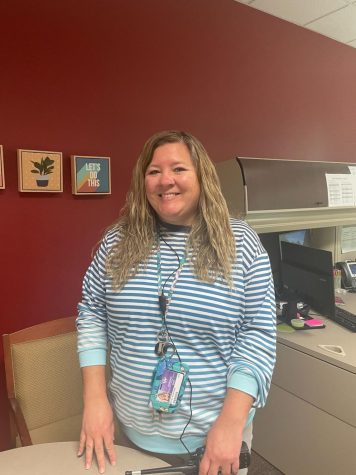
“Restorative practices doesn’t say that there are no consequences for our actions, it’s not what restorative practices says,” Schryver said. “It’s how we choose to interact with students in ISS that really makes that difference, and honestly for some students I think having a timeout and having a couple of great conversations with the adults in the building can really help them.”
Achievement of common ground between a student and an adult in the building helps find a solution to enhance the students’ behavior, in both big and small ways. Setbacks can occur throughout the restorative process. Time shows whether a solution improves a student’s behavior or if additional steps need to be taken.
“Sometimes I can feel like I’m doing really well with this student. We seem to really have bonded and are doing really well, and then we have a day when things don’t go so well,” Schryver said. “With restorative practices, it’s important that we just don’t quit if things regress a little bit because that’s very typical that you’ll move forward and have got some really good momentum and then something happens and the script shifts, and it’s important to just not quit at that point and just keep trying to build those relationships back.”
Senior Jemma Bullock says she would like to see restorative practices from teachers. Bullock would like to see teachers being more open and understanding of students’ emotions. She states that it is important for teachers and adults to acknowledge that students are not robots.
“It’s important for us as children, whose minds are still developing, to learn how to be good people and how to be kind to ourselves,” Bullock said, “Encouragement and kindness from teachers, staff, and admin would be very helpful for students who are struggling.”
The restorative method takes courage and patience from administrators, teachers, and students so that eventually students will reach their full potential and grow from their mistake(s).
It is noted that this new idea of structuring and improving relationships will take time to implement. The implementation of restorative practices has already begun at AHS.
“It’s a whole process that needs to be developed and will take time. We’re not there yet,” Dr. Johnson said. “It’s a tool; there’s not one quick fix. We have a number of tools at our disposal to help our students become better.”






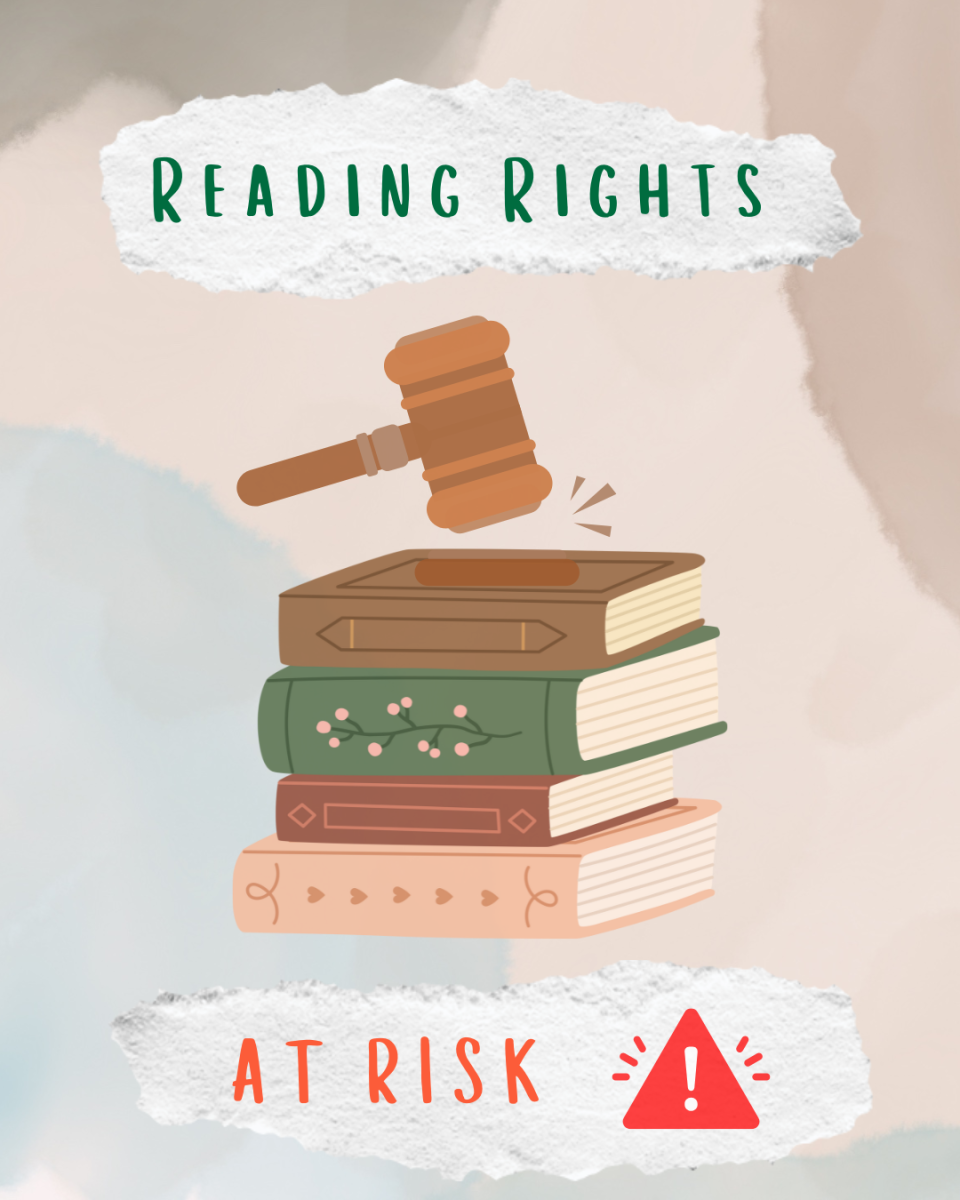













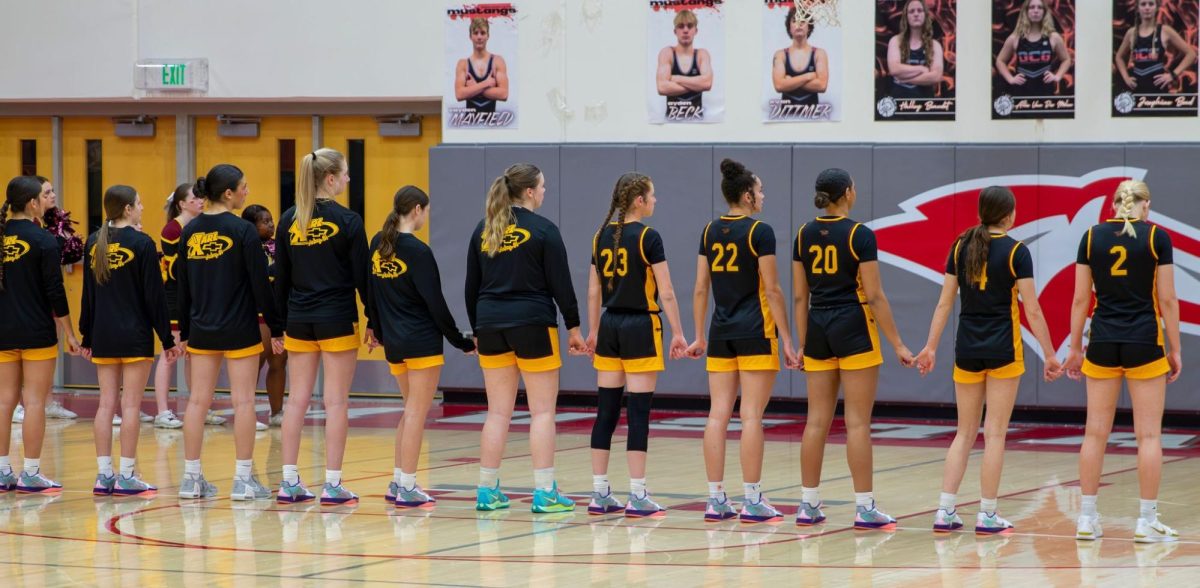


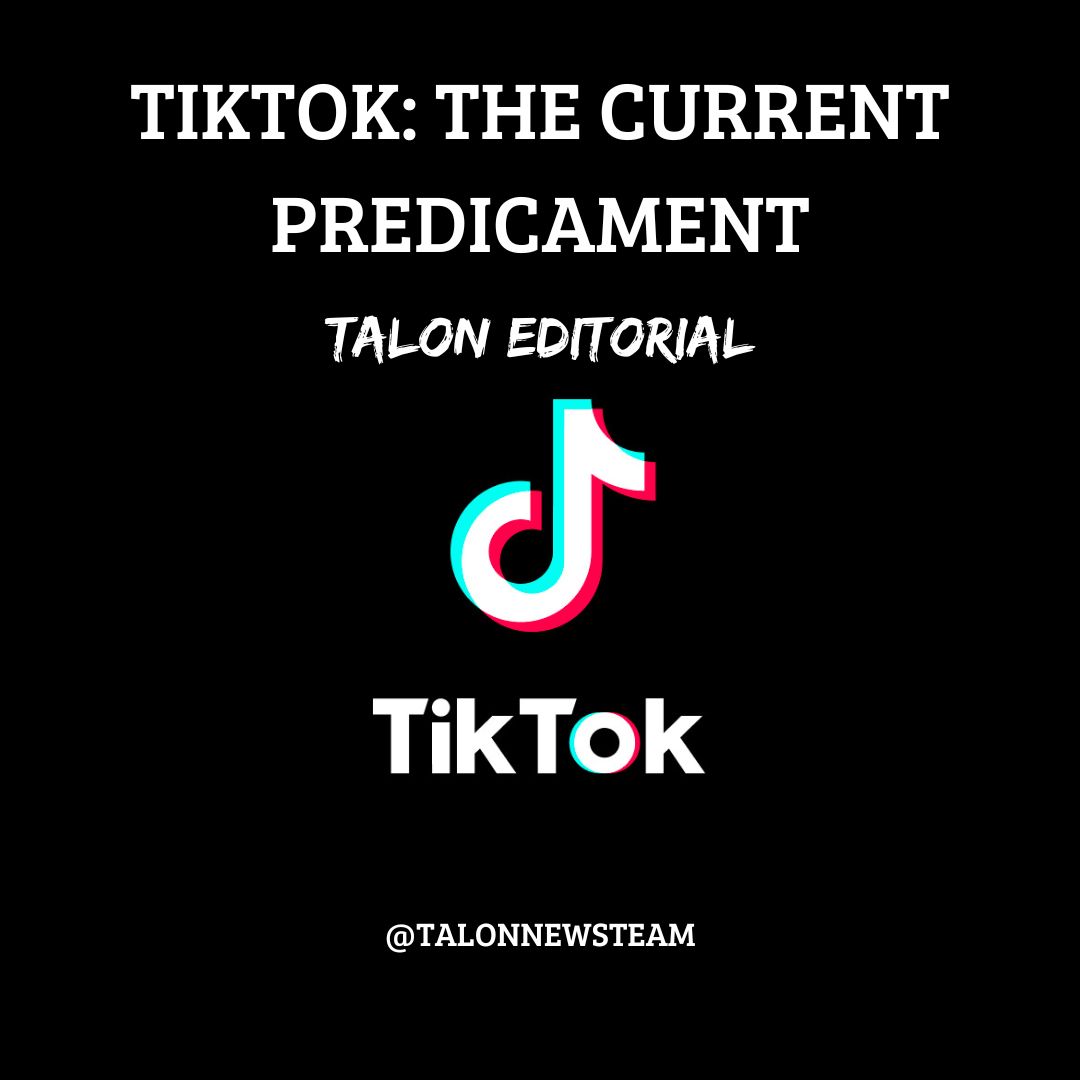

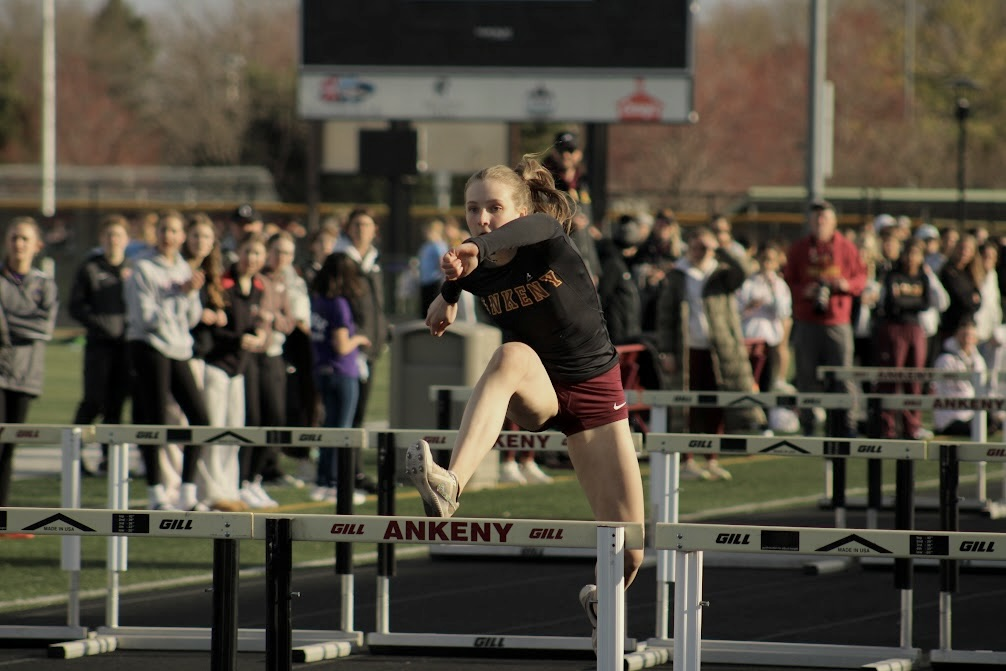
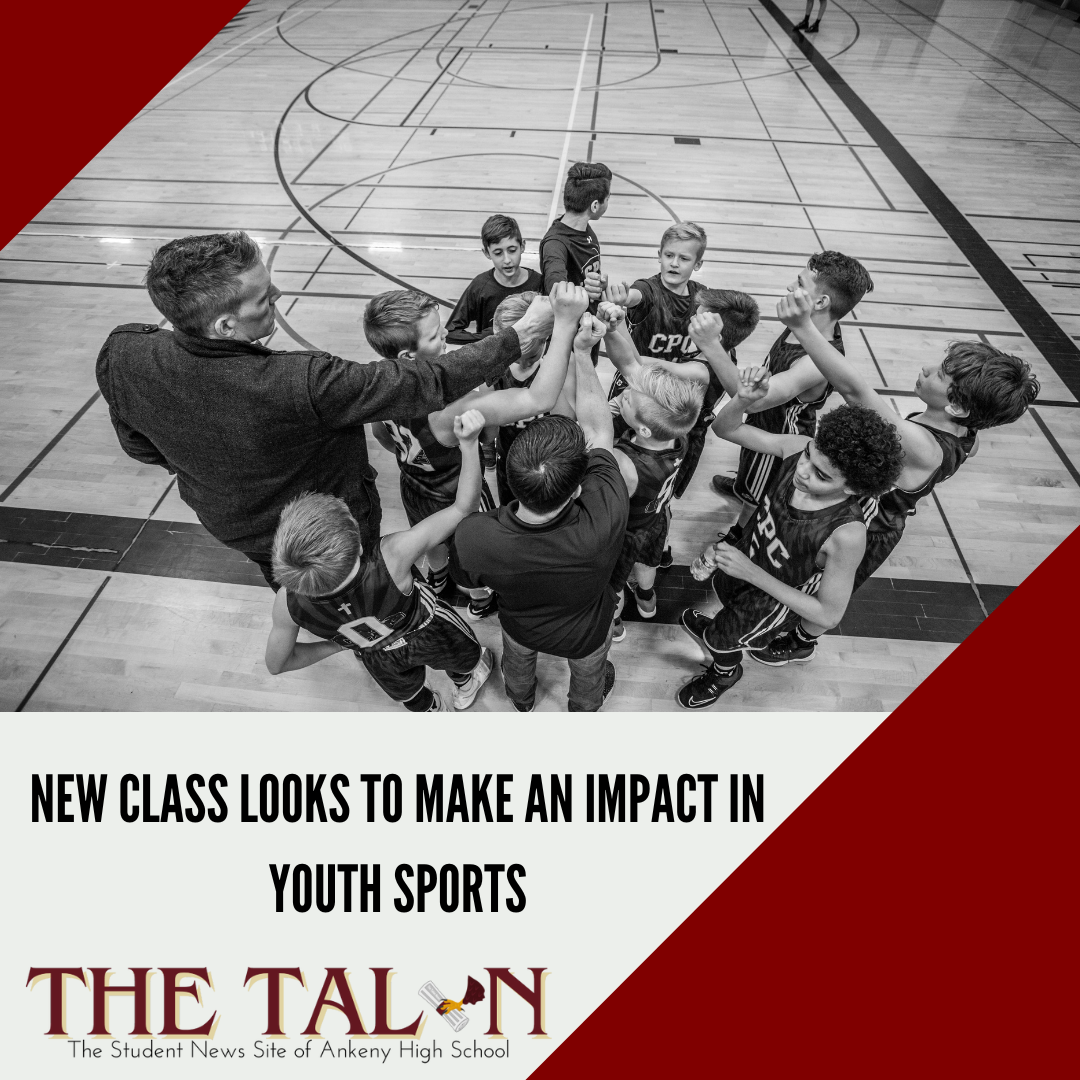

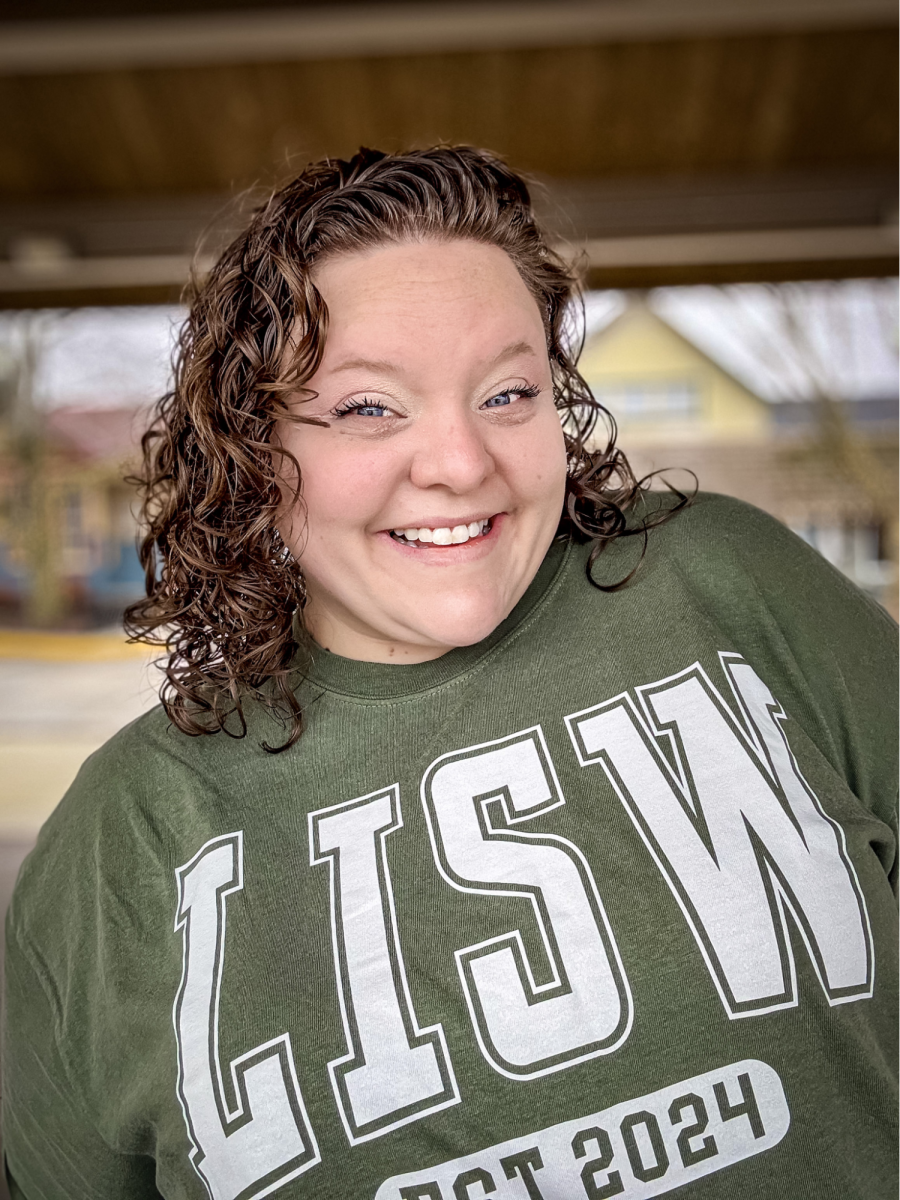

![Bing talking about the plan for the day with her students in one of her AP Biology courses. “If I wasn't passionate about working with students, I don't think [I’d stay in teaching], but no, it's absolutely the students that I have that [make it worth it,” Bing stated. Photo taken by Sylvia Bartlett.](https://ahstalonnews.com/wp-content/uploads/2025/04/bing.jpg)










![The 2022-2023 school year has been the first year at Ankeny High for many administrators including Principal Dr. Daniel Johnson. Administrators hope to improve and build relationships with students at Ankeny High School. “We are being transparent and being communicative to build relationships [with students].," Dr. Johnson said. "One reason why you always see me in the hallways.”](https://ahstalonnews.com/wp-content/uploads/2023/03/Feature-image-restorative-900x850.jpg)
